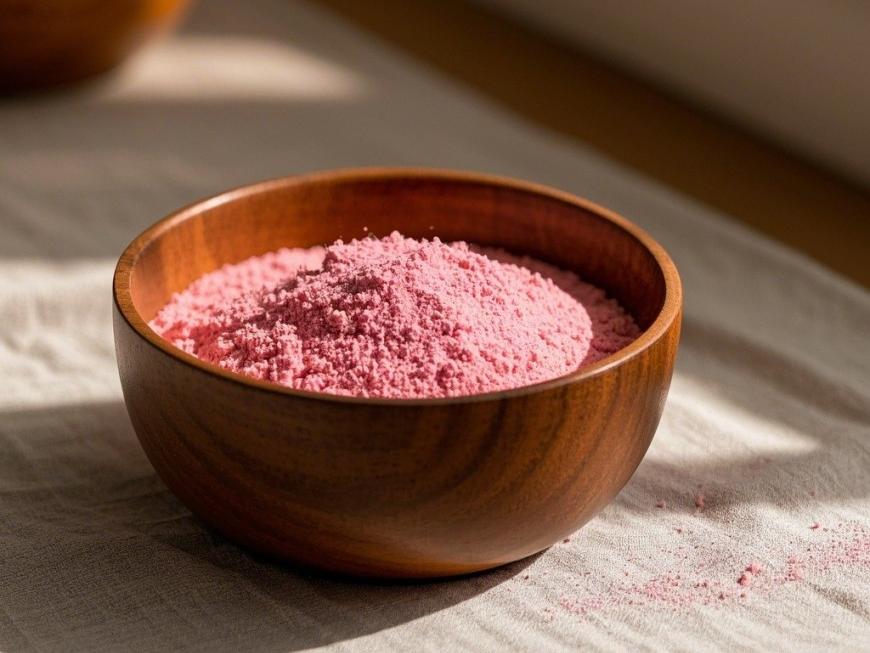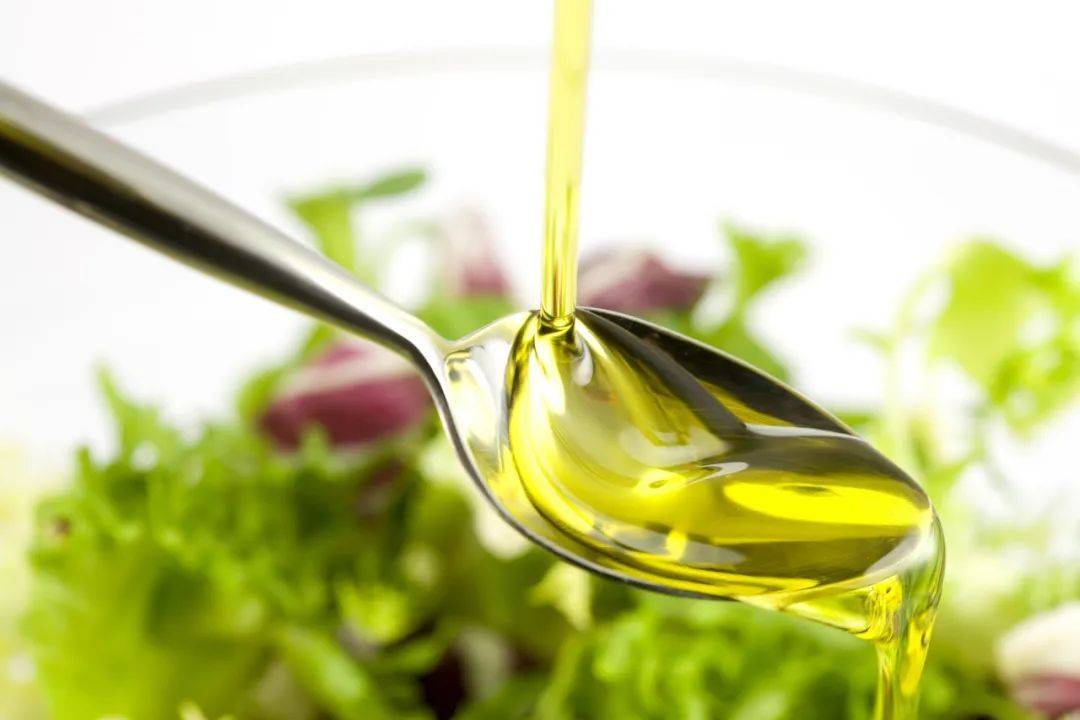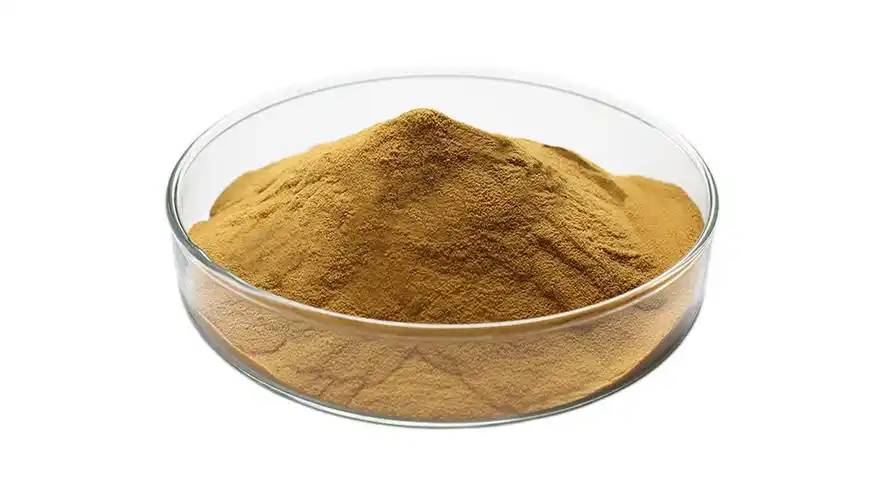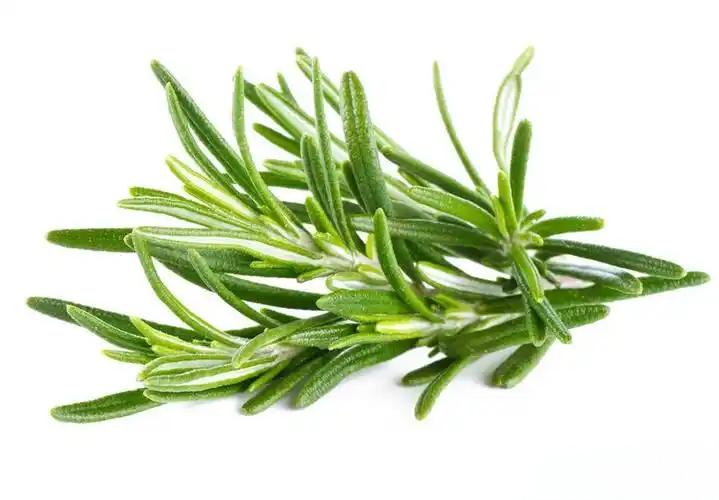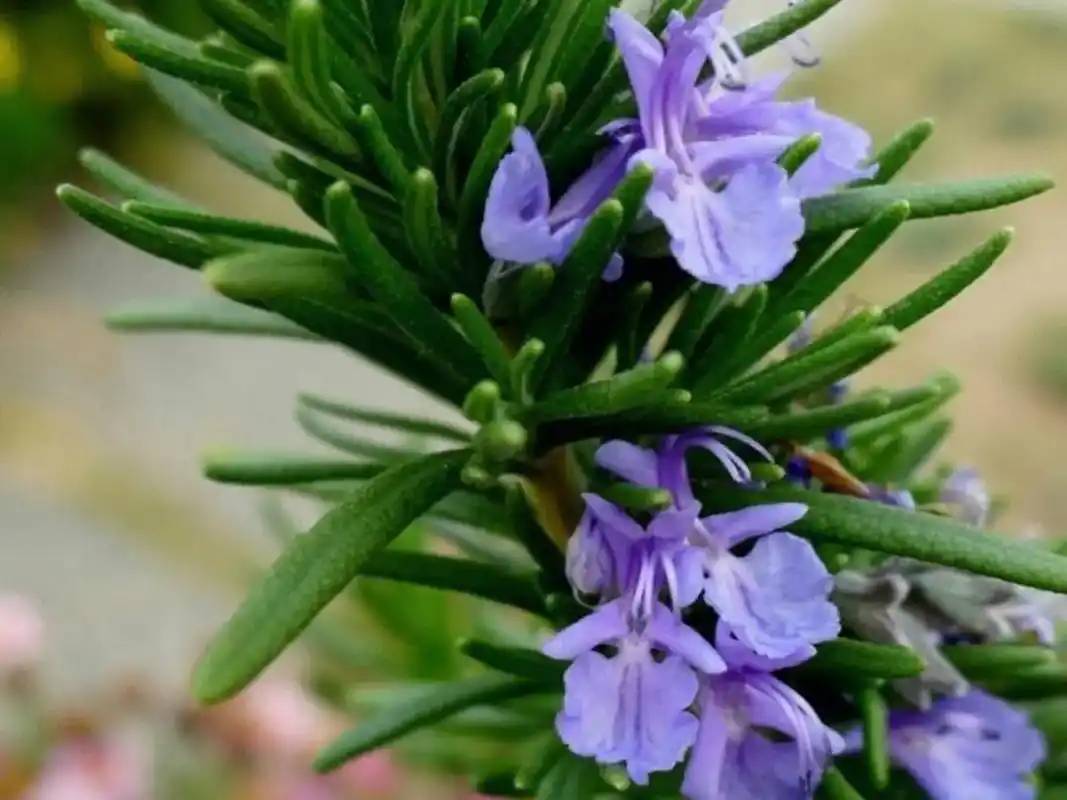Study on Cranberry Supplement to Prevent UTI
Since it was discovered 40 years ago that pathogenic bacteria must adhere to soft and hard tissues in order to cause an infection, research has focused on the use of antiadhesives to treat or prevent infectious diseases [1]. Unlike biocides, antiadhesives reduce the selection of resistant strains, and since such natural agents may be non-toxic, the effect of adding antiadhesives to food has been studied in detail. In addition, the active ingredients can be used as food additives, which means that consumers do not have to follow specific consumption methods.
The important advantage of food treatments is that they can be supported by clinical studies with relatively little effort and without toxicity issues. In this context, the effects of cranberry juice and the isolated active ingredients have been investigated in both in vivo experiments on humans and in vitro experiments. In this article, we will summarize the beneficial effects of cranberries or their active ingredients in the treatment and prevention of bacterial diseases, and discuss the effects of cranberries on infectious gastritis and peptic ulcers caused by Helicobacter pylori, urinary tract infections (UTIs) caused by Escherichia coli, as well as on the intestinal tract, influenza virus infection and oral health.
1 For the treatment of urinary tract infections
Native Americans were aware of the positive effects of ripe cranberries on diseases of the bladder and kidneys [2]. Since the introduction of cranberry juice in 1930, it has been widely recommended for the treatment of urinary tract infections. Despite the positive results of clinical trials, the bacteriostatic agent present in cranberries has not yet been identified [3].
Over the past 30 years, in vitro studies have confirmed that cranberry components inhibit the adhesion of the homologous GAL-galactosidase receptor of P-fimbriae E. coli to epithelial cells and other cells. The P-fimbriae receptor is also found in red blood cells, where it has a coagulation effect when mixed with P-fimbriae E. coli. The blood coagulation inhibitory effect is used as a method to detect the anti-adhesive activity of cranberry components.
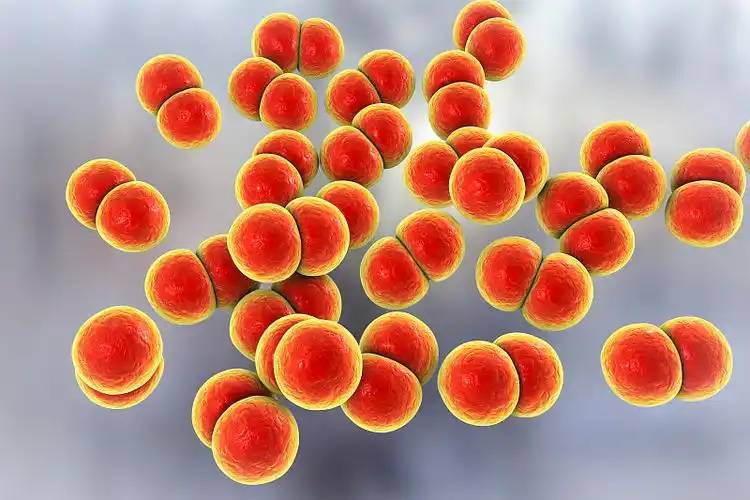
In vitro and in vivo studies have shown that cranberry juice and its components have anti-adhesive activity against E. coli pyelonephritis, and cranberry juice can also inhibit blood coagulation and prevent P-fimbriae E. coli pyelonephritis from adhering to the urinary tract wall [4].
Proanthocyanidin type A, consisting of epicatechin oligomers with at least one A-link (an ether-oxygen bond between C2 and C7) and high molecular weight NDM (a unique component of cranberries), which contains polyphenols and may be an A-link, is obtained from red or cranberry juice and inhibits the adhesion and agglutination of E. coli pyelonephritis but not of E. coli diarreae [5]. Proanthocyanidins of type B have a B-type linkage (C4–C8 bonds), but this linkage has no effect when obtained from other plants.
After consumption of cranberries, the urine of humans or rodents has an anti-adhesive effect on E. coli strains causing pyelonephritis [6]. Studies have shown the potential preventive effect of cranberry supplements on recurrent urinary tract infections in young and middle-aged women. However, the effect of cranberries on other groups (i.e. the elderly, paediatric patients, patients with neurogenic bladders or patients with long-term indwelling catheters) requires further investigation. A recent six-month study found that cranberry juice containing 27% cranberry concentrate (240 mL of low-calorie juice twice a day) was not effective in preventing urinary tract infections in young, college-aged women (mean age 21±3) compared to a placebo [7].
According to the Cochrane review, the authors suggest that the reason for the unexpected results of cranberry treatment is the lack of a “suitable placebo-controlled trial”. However, there may be other explanations, one of which is that in previous studies of cranberry juice, it was sweetened by the addition of fructose, and in the study of young women, low-calorie sucralose was added. The results showed that fructose inhibited type 1 fimbrial adhesion caused by P. aeruginosa, emphasizing that the beneficial effect of cranberry juice is determined by the combination of the two inhibitors (fructose and PAC), each of which inhibits a specific adhesion [7].

Another explanation may be related to the study population, young women who have sex 2–3 times a week [8]. It has been reported that almost half of the volunteers experienced a transient increase of about 10-fold in uropathogenic E. coli after intercourse. With increasing age, sexual activity decreases [9]. Therefore, young women should consume fructose-containing juices or higher doses of low-calorie juices in order to prevent an increase in the number of E. coli in the vagina. However, high doses of cranberry juice may not be well tolerated over the long term [10]. To overcome this problem, it is necessary to isolate the most active anti-adhesion cranberry components and supplement them with other juices that can control urinary tract infections. This approach may now be a viable way to isolate the highly active components in cranberries.
Cranberry supplements are an effective nutritional therapy for preventing infections [11] and have been approved by the French Food Safety Agency (AFSSA) for marketing as a food product that promotes urinary health.
2 For the treatment of gastric, duodenal and peptic ulcers
Helicobacter pylori is a Gram-negative bacterium associated with gastrointestinal diseases, including stomach, duodenal and peptic ulcers, as well as stomach cancer, gastric malignant lymphoma, etc. [12]. It is the most common chronic bacterial infectious disease in humans. More than half of the world's population will be infected with this disease early in life (before the age of 10), and it is still prevalent despite antibiotic treatment. In vitro studies have shown that the high-molecular-weight compounds in cranberry juice inhibit the adhesion of specific lactose (S-lactose) to Helicobacter pylori strains that are able to attach to human mucus, red blood cells and gastric epithelial cells [13]. A cranberry NMD ingredient at 0.2 mg/mL inhibited the adhesion of two-thirds of the clinical isolates of Helicobacter pylori to gastric cells [14].
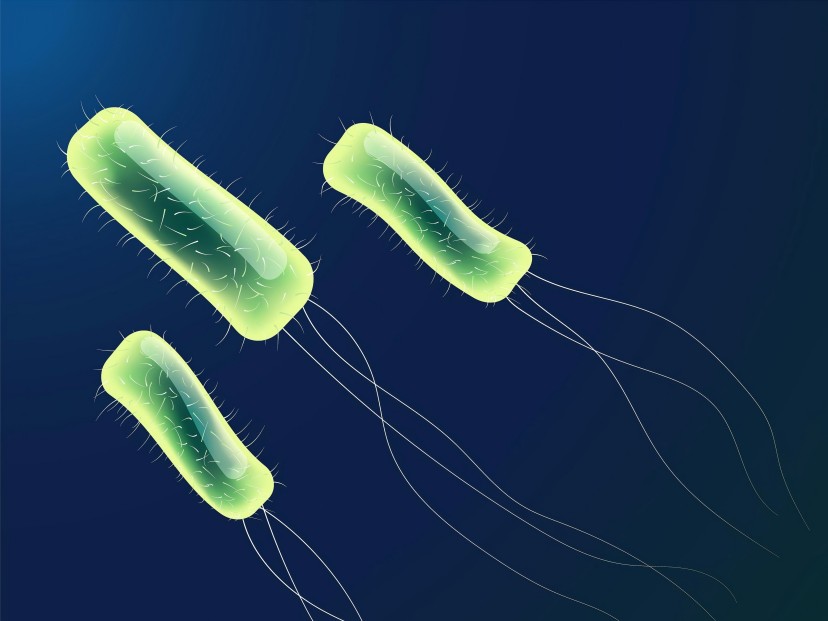
The anti-adhesive effect of cranberry is independent of bacterial resistance to metronidazole. These data suggest that the combination of antibiotics and cranberry preparations may eradicate Helicobacter pylori. This additional effect was evaluated in a recent double-blind clinical study in which 170 patients who had undergone a 13C-urea breath test (for H. pylori infection) were randomly given either 250 mL of cranberry juice or a placebo after one week of antibiotic treatment [15]. The control group of 712 patients was treated with antibiotics only. An analysis by gender revealed that the eradication rate of H. pylori in the cranberry-antibiotic group (95%) among female subjects was significantly higher than that in the placebo-antibiotic group (80%), and also significantly higher than that in the group that received only antibiotics (83%). These results indicate that adding cranberries to triple therapy can improve the eradication of H. pylori in women. In this study, patients were randomly assigned to one of two groups, one of which was asked to take 500 mL of cranberry and other placebo juice daily for 90 days [16].
Although the overall eradication rate of Helicobacter pylori was low, in the range of 5% to 7%, the eradication rate in the cranberry group (14.3%) was significantly higher than that in the placebo group (5.2%).
An experiment using cranberries to treat infected mice showed that although the microorganism could not be eradicated, the total amount of Helicobacter pylori was significantly reduced when cranberries were used alone [17]. It seems that consuming cranberries alone only reduces the amount of Helicobacter pylori, rather than eradicating all of the bacteria. Such a result may be more beneficial for pregnant women who cannot be treated with antibiotics. Moreover, as recent reports have shown a strong correlation between H. pylori eradication and the development of esophageal cancer [18], cranberry juice may become the treatment of choice. Extensive clinical trials in various populations are needed to verify whether cranberry juice should be used in the treatment of H. pylori infection with or without antibiotics.
3 For the treatment of viral diseases
Cranberries and their PAC and NDM components not only inhibit the infection of target cells by various viruses, but also inhibit the interaction of influenza viruses with receptors on red blood cells (e.g. blood cell agglutination). More importantly, cranberry juice can inhibit enterovirus infection [19], PAC can inhibit enterovirus [20], and NDM can inhibit influenza virus in cell culture [21].
In preliminary studies on mice, adding 0.2 mg/mL NDM to a viral suspension and infecting the mice intranasally was found to significantly reduce morbidity and mortality caused by influenza virus infection. In addition, the virus concentration in the lungs was reduced, and the lung histopathology showed almost no damage to the alveolar epithelial cells compared to the exfoliation, necrosis and polymorphonuclear neutrophil infiltration caused by the virus. This provides a more promising perspective for the development of new anti-influenza adjuvant therapies.
4 For oral health
Many in vitro studies have shown that cranberry components such as PAC or NDM inhibit the adhesion of oral bacteria to tooth surfaces and epithelial cells. NDM and PAC inhibit key bacterial enzymes involved in adhesion and biofilm formation on tooth surfaces, such as glucosyl- and fructosyltransferases, and also bacterial enzymes that damage tissue. In addition, cranberry components inhibit acid-producing cariogenic bacteria (Table 1). NDM has been observed to inhibit host enzymes involved in periodontal disease, such as MMP-3, MMP-9 and elastase. It also induces pro-inflammatory cytokines such as IL-1β, TNF-α, IL-6, IL-8 and chemokines are also affected. Only two of the studies on cranberry components were conducted in vivo, while the rest were conducted in vitro. In clinical trials, the effect of mouthwash in combination with NDM on oral hygiene was assessed in healthy volunteers. Daily use for 6 weeks resulted in a significant reduction in the number of Streptococcus mutans and total bacterial count compared to the placebo control group, although there was no change in plaque and gingival indices in the clinical observations [22]. More recently, KooH et al. showed [23] that topical application of PAC on rat tooth surfaces (twice daily) in an animal study reduced the incidence and severity of furcation caries caused by S. mutans.
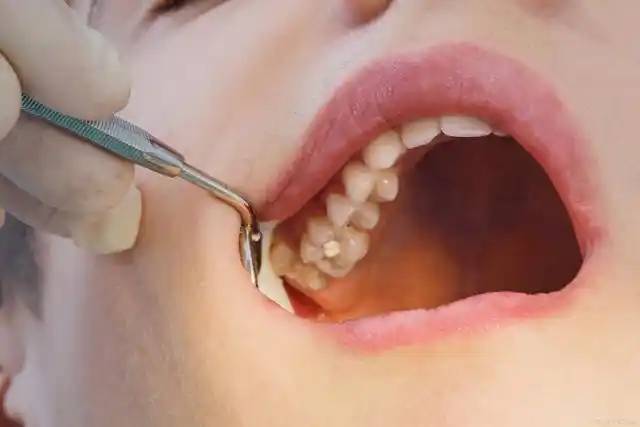
5 Summary
A number of conclusions can be drawn from clinical trials and in vitro studies, which could lead to improved oral health or the treatment/prevention of certain bacterial diseases, such as peptic ulcers, urinary tract infections and the resulting infections with enteroviruses and influenza viruses (Figure 1). Perhaps most importantly, cranberries or their components could be used as a food additive for anti-infective purposes. In the case of viral infections of the upper respiratory tract, cranberry products could be considered for use as an inhalant. Future clinical research should therefore focus on the use of affordable active cranberry components that are best suited to maintaining a healthy balance against infectious diseases.
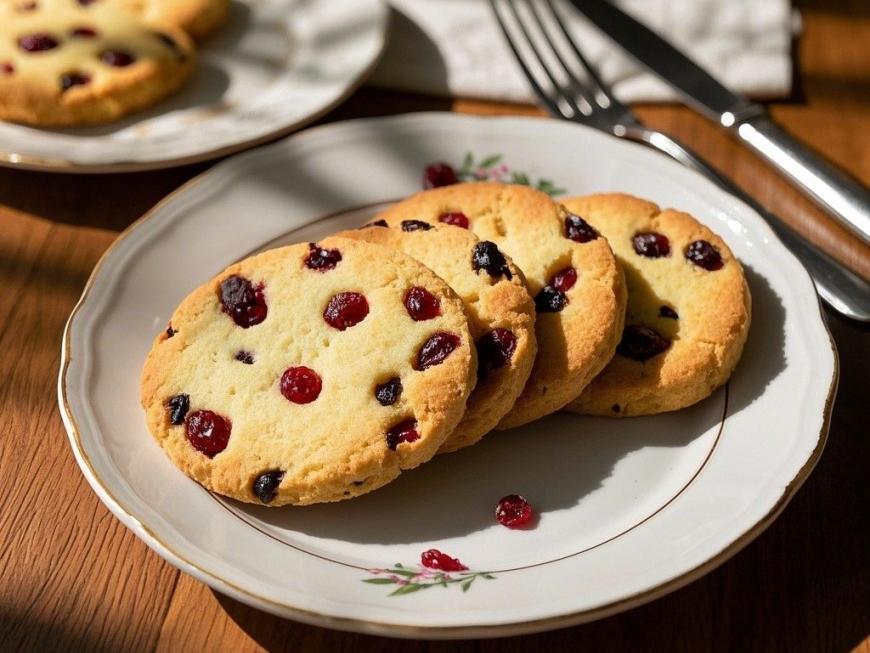
Reference
[1]Ofek I, Hasty D L, Sharon N. Anti -adhesion therapy of bacterial diseases: prospects and problems [J]. FEMS Im- munol Med Microbiol,2003(3), 38:181-191.
[2]Siciliano A A. Cranberry [J]. HerbalGram, 1996, 38:51-54.
[3]Raz R, Chazan B, Dan M. Cranberry juice and urinary tract infection[J]. Clin Infect Dis, 2004, 38:1413-1419.
[4]Gupta K, Chou M Y, Howell A, et al. Cranberry products inhibit adherence of P -fimbriated Escherichia coli to primary cultured bladder and vaginal epithelial cells[J]. J Urol, 2007, 177(6):2357-2360.
[5]Howell A B. Bioactive compounds in cranberries and their role in prevention of urinary tract infections[J]. Mol Nutr Food Res, 2007, 51:732-737.
[6]Liu Y, Pinzón-Arango P A, Gallardo-Moreno A M,et al.Direct adhesion force measurements between E. coli and human uroepithelial cells in cranberry juice cocktail [J]. Mol Nutr Food Res, 2010, 54:51-59.
[7]Barbosa-Cesnik C, Brown M B, Buxton M, et al. Cranberry juice fails to prevent recurrent urinary tract infection: results from a randomized placebo-controlled trial[J]. Clin Infect Dis, 2011, 52:23-30.
[8]Ofek I, Goldhar J, Zafriri D, et al. Anti-Escherichiae coli adhesin activity of cranberry and blueberry juices [J]. New Eng J Med, 1991, 324:1599-1600.
[9]Kotz K. The manopause and sexual functioning: a review of the population-based studies [J]. Ann Rev,Sex Res 2003, 14:64-82.
[10]Guay DRP. Cranberry and urinary tract infections[J]. Drugs, 2009, 69:775-807.
[11]Donabedian H. Nutritional therapy and infectious diseases:a two-edged sword[J]. Nutr, J, 2006, 5:21.
[12] Peek R M, Blaser M J. Helicobacter pylori and gastroin- testinal tract adenocarcinoma[J]. Nat Rev, 2002, 2:28-37.
[13] Vattem D A, Lin Y -T, Ghaedian R, et al. Cranberry synergies for dietary management of Helicobacter pylori infections[J]. Process Biochem, 2005, 40:1583-1592.
[14] Shmuely H, Burger O, Neeman I, et al. Susceptibility of Helicobacter pylori isolates to the antiadhesion activity of a high-molecular-weight constituent of cranberry [J]. Diagn Microbiol Infect Dis, 2004, 50:231-235.
[15] Shmuely H, Yahav J, Samra Z, et al. Effect of cranberry juice on eradication of Helicobacter pylori in patients treated with antibiotics and a proton pump inhibitor[J]. Mol Nutr Food Res, 2007, 51:746-751.
[16]Zhang L, Ma J, Pan K, et al. Efficacy of cranberry juice on Helicobacter pylori infection: a double blind, randomized placebo-controlled trial[J]. Helicobacter, 2005, 10:139-145.
[17] Xiao SD, Shi T. Is cranberry juice effective in the treatment and prevention of Helicobacter pylori infection of mice[J]. Chin J Digest Dis, 2003, 4:136-139.
[18] Blaser M J. Disappearing microbiota: Helicobacter pylori protection against esophageal adenocarcinoma [J]. Cancer Prev Res, 2008, 1:308-311.
[19]Su a, Amy X, Howell B, et al. The effect of cranberry juice and cranberry proanthocianidins on the infectivity of human enteric viral surrogates[J]. Food Microbiol, 2010, 27: 535-540.
[20] Lipson S M, Cohen P, Zhoul J, et al. Cranberry cocktail juice, cranberry concentrates and proanthocyanidins reduce reoviruse infectivity titers in African green monkey kidney epithelial cell cultures [J]. Mol Nutr Food Res, 2007, 51: 752-758.
[21] Weiss E I, Houri -Haddad Y, Greenboumb E, et al.Cranberry juice constituents affect influenza virus adhesion and infectivity[J]. Antiviral Res, 2005, 66:9-12.
[22] Weiss E I, Kozlovsky A, Steinberg D, et al. A high molecular mass cranberry constituent reduces mutans streptococci level in saliva and inhibits in vitro adhesion to hydroxyapatite[J]. FEMS Microbiol Lett, 2004, 232:89-92.
[23]Koo H, Duarte S, Murata R M, et al. Influence of cranberry proanthocyanidins on formation of biofilms by Streptococ- cus mutans on saliva-coated apatitic surface and on dental caries development in vivo[J]. Caries Res, 2010, 44:116-126.
[33]Bodet C, Grenier D, Chandad F, et al. Potential oral health benefits of cranberry[J]. Crit Rev Food Sci Nutr, 2008, 48: 672-680.
[34]Vue Dang La, Amy Howell B, Grenier D. Anti porphyromonas gingivalis and anti inflammatory activities of a type cranberry proanthocyanidins [ J ]. Antimicrob Agents Chemother, 2010, 54:1778-1784.
[35] Feldman M, Weiss E I, Ofek I, et al. In vitro real time interactions of cranberry constituents with immobilized fructosyltransferase[J]. J. Med Food, 2010, 13:1153-1160.
[36]Gregoire S, Singh A P, Vorsa N, et al. Influence of cran- berry phenolics on glucan synthesis by glucosyltransferases and streptococcus mutans acidogenecity[J]. J Appl Micro- biol, 2007, 103:1960-1968.


 English
English French
French Spanish
Spanish Russian
Russian Korean
Korean Japanese
Japanese